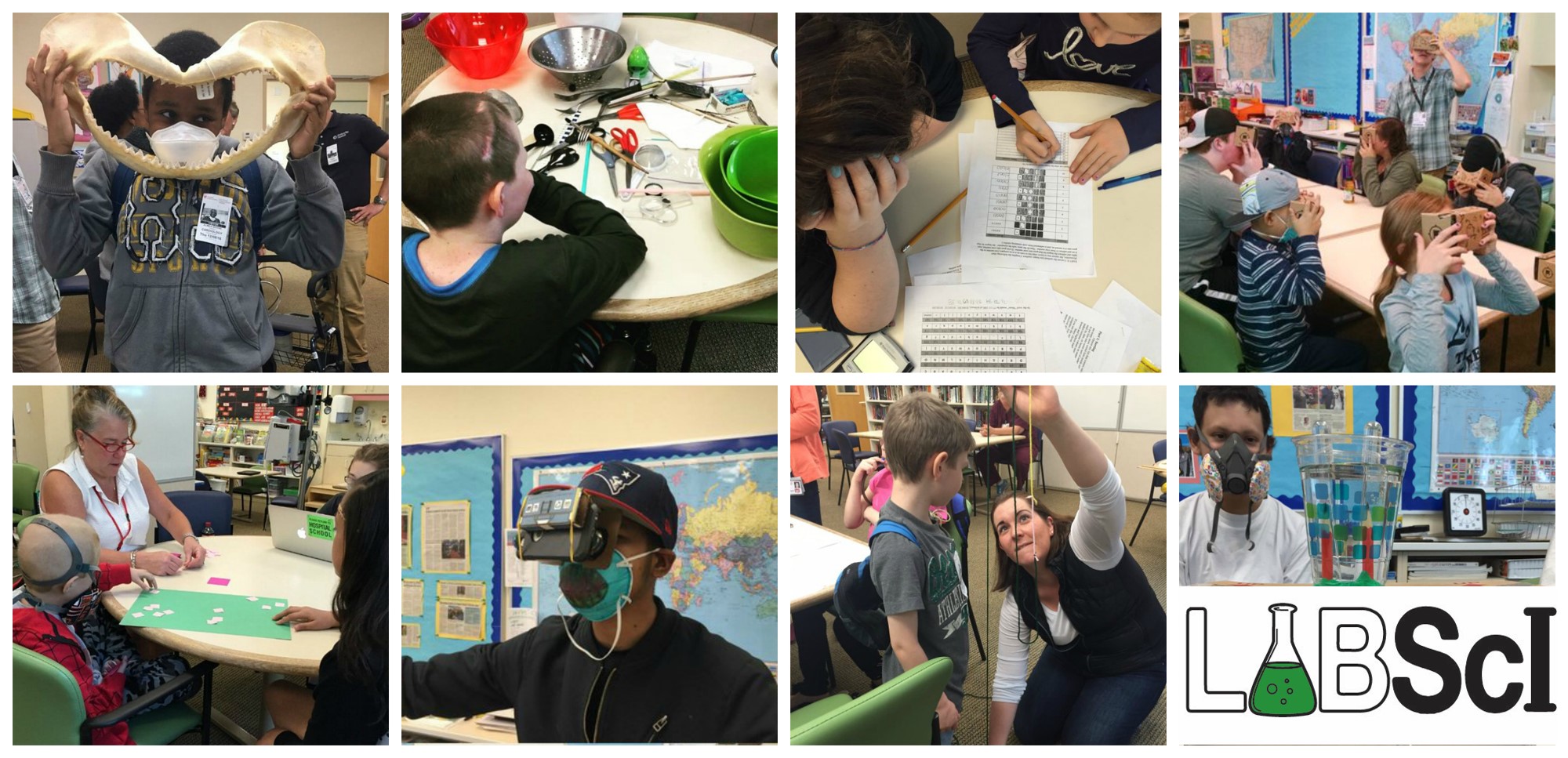In this lab, you will explore some of the capabilities and limitations of the eye. Students will look at the extent of peripheral vision, the size of the blind spot, depth perception, and color vision.
Download the labs!
Student Version
Student Advanced Version
Link to online Vision Stations
Recommended Prerequisites:
None!
Key Concepts:
- Sight is one of the five senses that we rely upon to observe the world.
- The eyes are adaptable and versatile organs that help us perform our everyday duties. They detect light and send signals along the optic nerve to the brain to process the images we see.
- Peripheral vision is the ability to see the fringe or edge of your vision when you focus straight ahead.
- The blind spot is a small area on the back of the eye where the optic nerve enters the eyeball that is not sensitive to light. This creates a gap in your vision. The brain “fills” in the blind spot by combining the images from the left and right eyes so you are unaware you something is missing form your field of vision.
- Depth perception is ability to see the world in three dimensions. Depth perception is important for us to determine how far an object is away from us. When we are walking, we need to make sure that we perceive an object’s distance from us correctly so we won’t walk into them.
Materials:
- 1 meter stick or measuring tape for every group of 2-3 students
- Blank sheets of paper
- One cup/container per group
- 10 pennies or buttons per group
- Calculator
- A computer for each student or share computers among a couple of students
